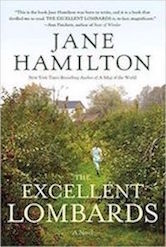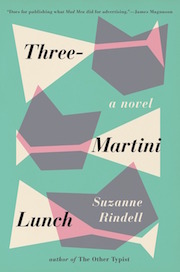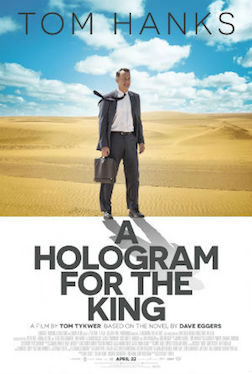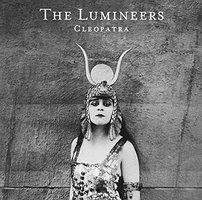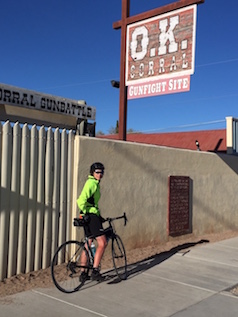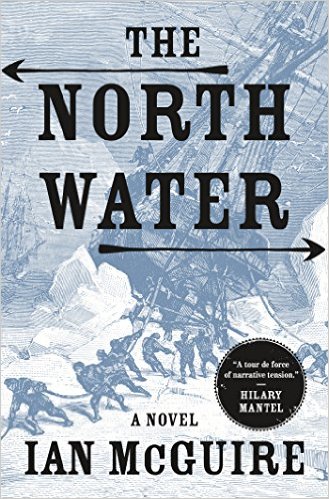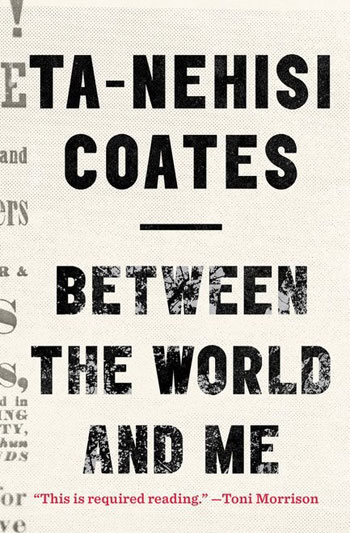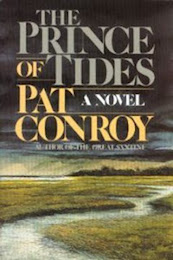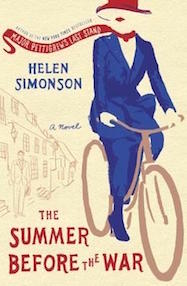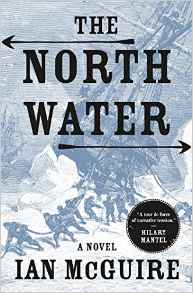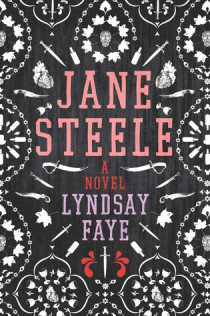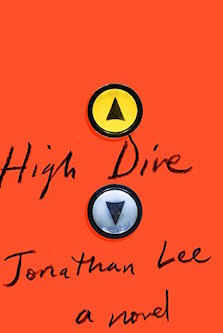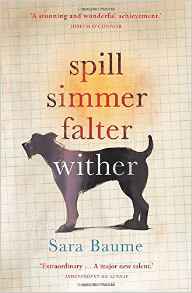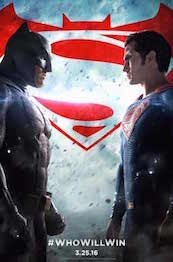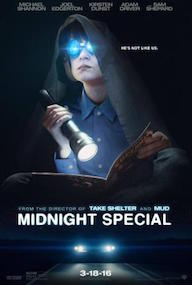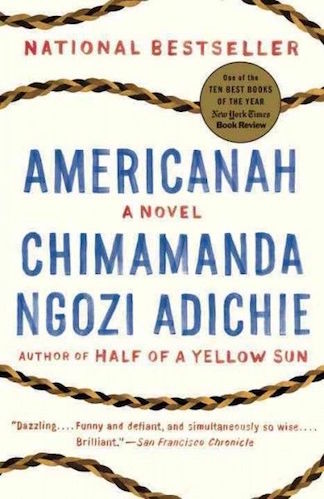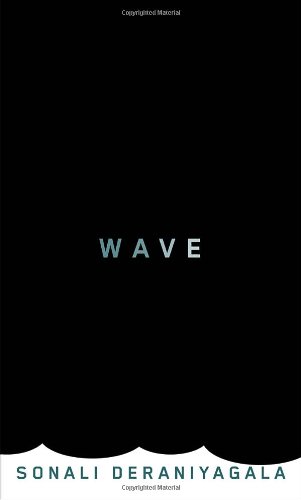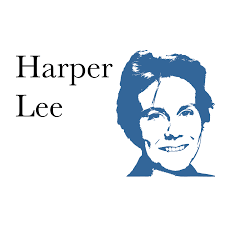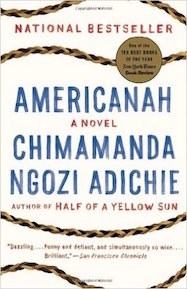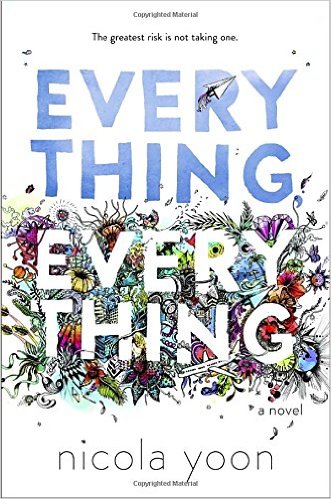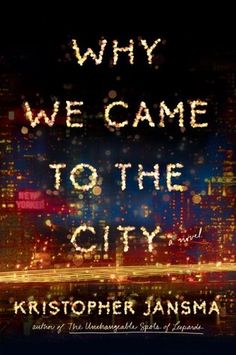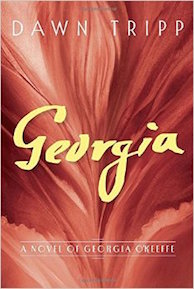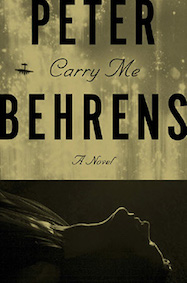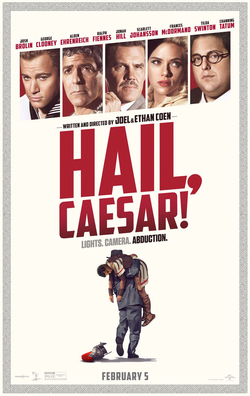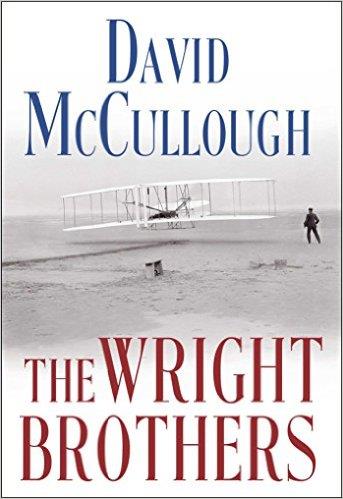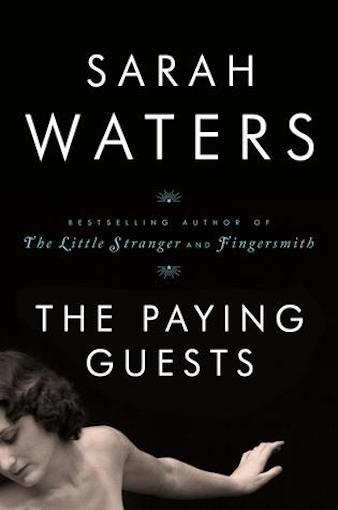It’s been another busy week and I still haven’t fully recovered my reading mojo. It’s been warm here though, so I’ve been doing other things. In my spare time, I’ve been bicycling and playing quite a bit of tennis lately. I’m in a tournament for fun at the end of the month — so I need to get cracking, or swinging so to speak. As for books right now, I’m reading Sue Monk Kidd’s 2014 novel “The Invention of Wings” for book club, and I’m listening to Margaret Atwood’s book “Stone Mattress” as an audiobook. Both are good, have you read either of them?

Meanwhile this past week, I finally finished Elizabeth Hay’s 2007 novel “Late Nights on Air,” which seemed to take forever despite being 364 pages. At the halfway mark, I wasn’t sure I would get to the end as it seemed slow and a bit meandering and I wasn’t sure it was going anywhere — but then upon completing it I was glad to have seen the story through. The novel won Canada’s top literary prize, the Giller, in 2007 beating out Michael Ondaatje’s novel “Divisadero,” which I’m sure was no small feat. I came to read Hay’s book because I met the author last fall at our city’s book festival and had her sign a copy.
“Late Nights on Air” is about a group of misfit co-workers at a Canadian public radio station in the far northern town of Yellowknife in the 1970s. There’s the affable lead character Harry, who becomes the station’s manager as the book opens; and Dido, the beautiful, alluring one who has the perfect radio voice; as well the receptionist, the likable lonely Eleanor; and twenty-something Gwen who’s driven 3,000 miles from Ontario to get radio experience. There’s also Eddy, the brooding technician, and 60-year-old Ralph, the station’s book reviewer who doesn’t get enough air time.
It’s these characters and their relationships among one another that form the crux of the novel and kept me curious to see what would eventually pan out, though it takes awhile to get there. The story is descriptive and imbued with a strong sense of place of remote Yellowknife, a city only 250 miles from the Arctic Circle. Apparently the author, Elizabeth Hay, worked at a radio station there in the 1970s, so her novel is a bit autobiographical. Amid the backdrop of the characters’ lives, the city — in the novel — is undergoing a ruckus over a proposed natural gas pipeline that would cut across Native lands, and the first incoming television station threatens to disrupt their local radio programming. Much is in flux there that at times binds and comes between the crew at the radio station.
The story meanders on for awhile, but luckily picks up towards the end as four of the radio crew take an epic six-week canoe trip to pursue the route of English explorer John Hornby along the remote and wild Thelon River. This was my favorite part of the book with some beautiful nature writing and a little suspense to its passages. I wish this journey had started earlier in the book as the river pages flew by. By the book’s end, the friends eventually depart the radio station and move on with their lives, but not before making an indelible impact on each other and their time together in the North. It’s a novel that grew on me over a long while, and its characters and northern scenes have stayed with me after turning its last pages.
For those who like radio, or are interested in character-driven novels, or the far North, you might like this one.
What about you have you read “Late Nights on Air” or any of Elizabeth Hay’s books, or any similar novels? And if so, what did you think?


